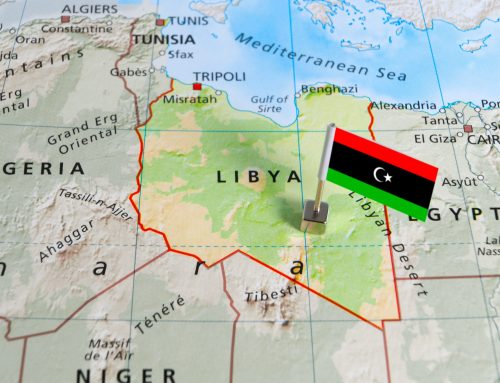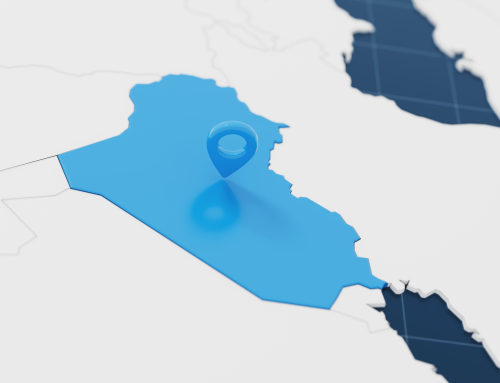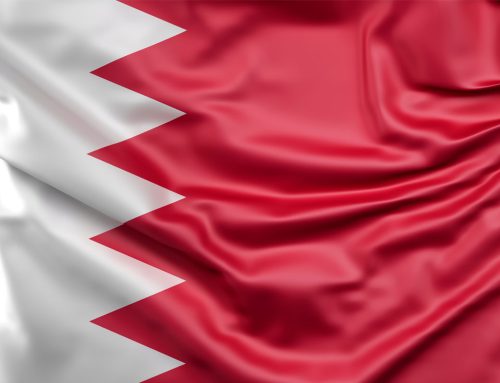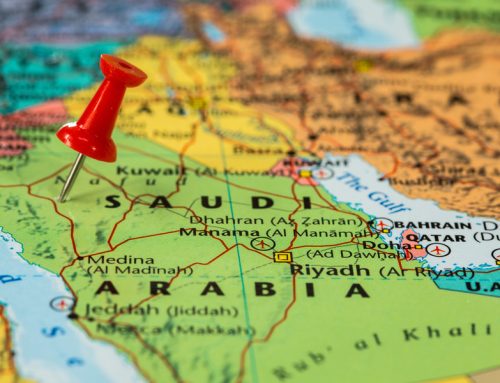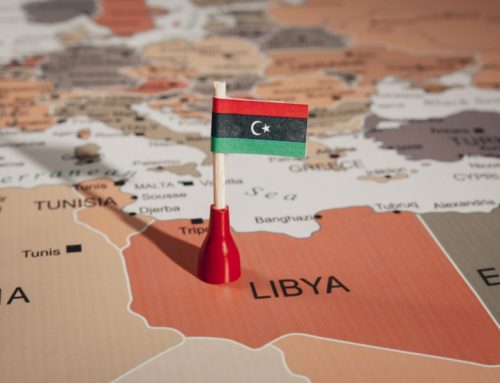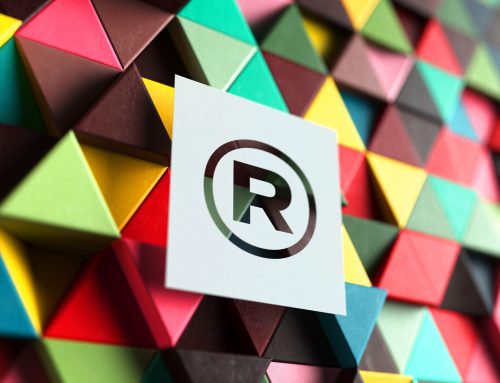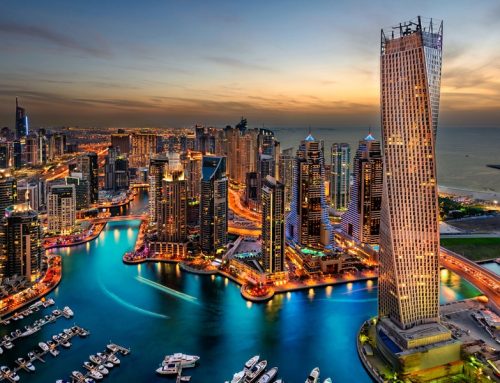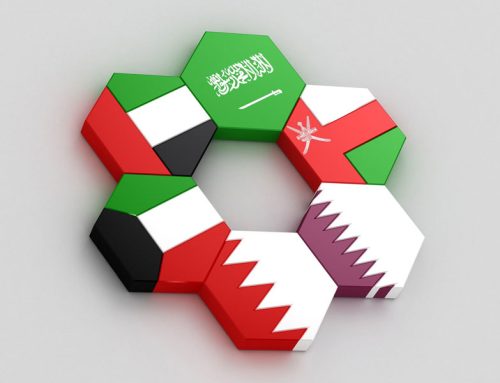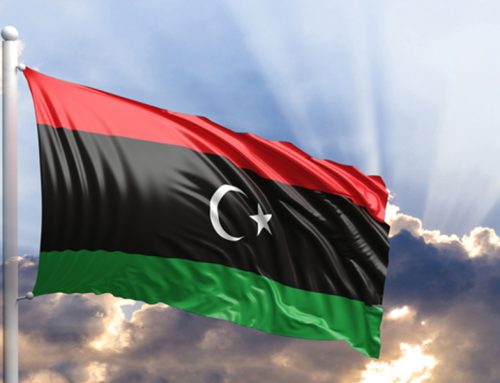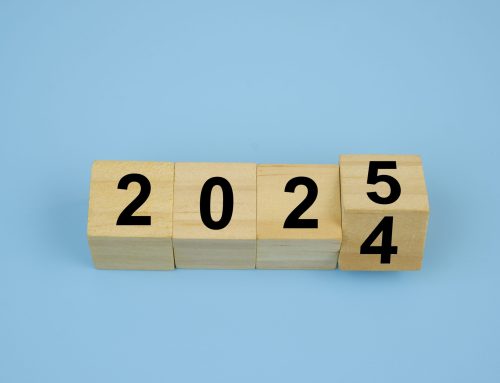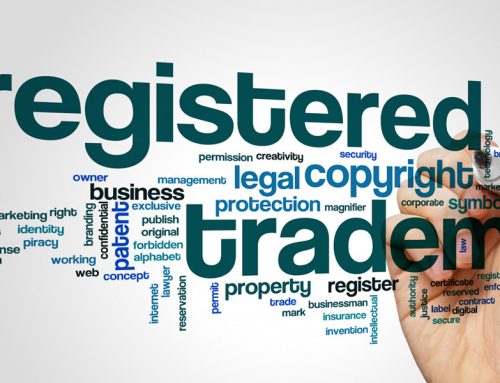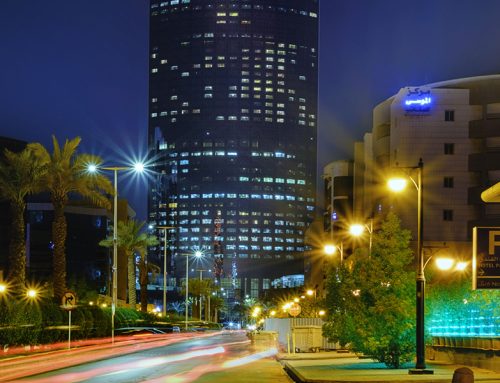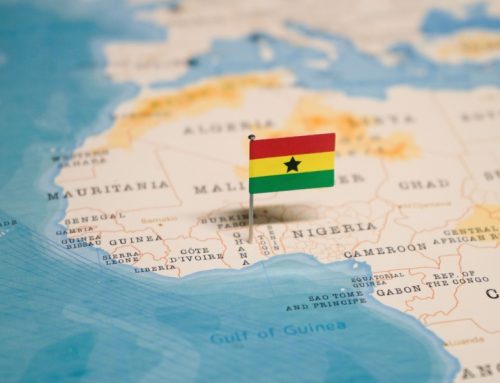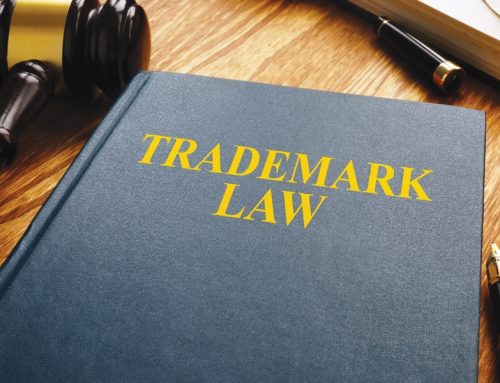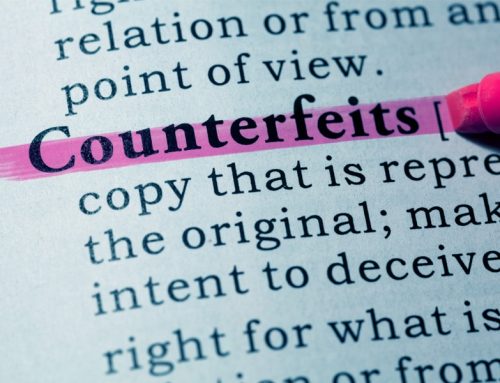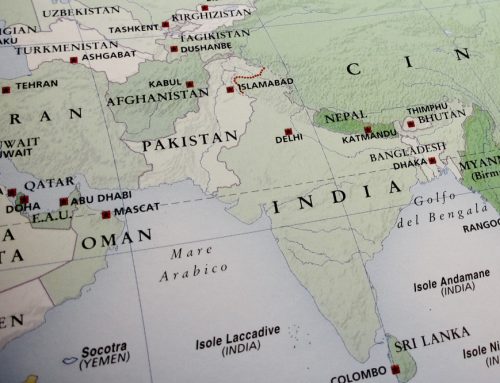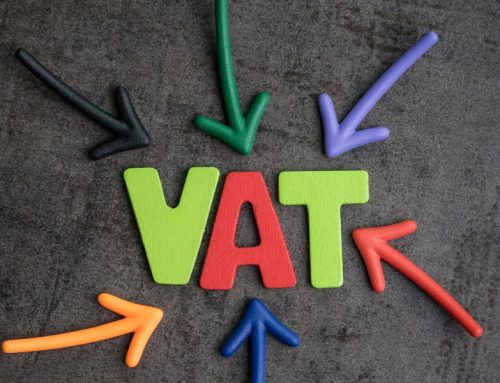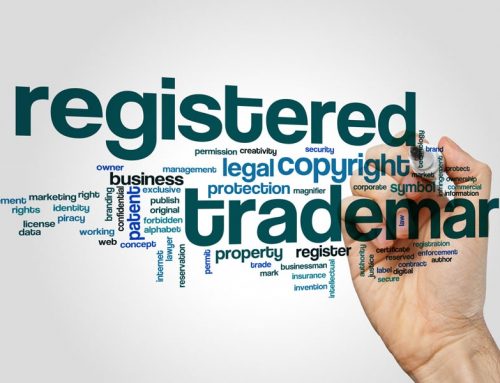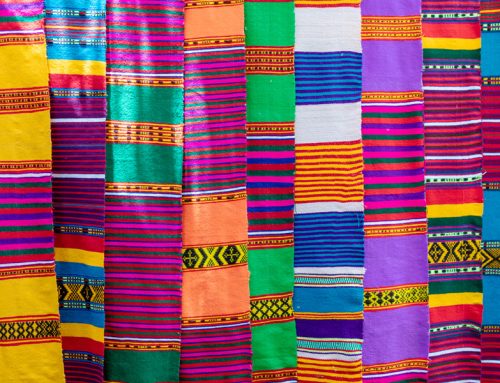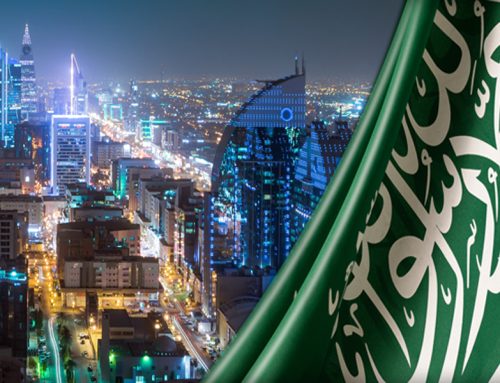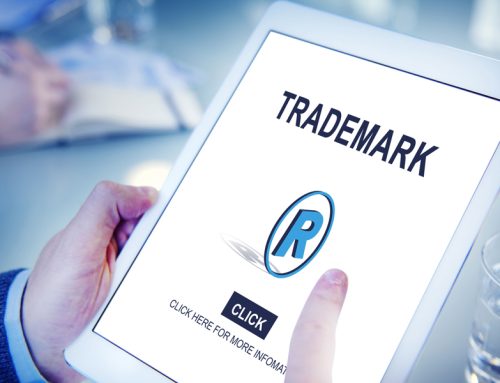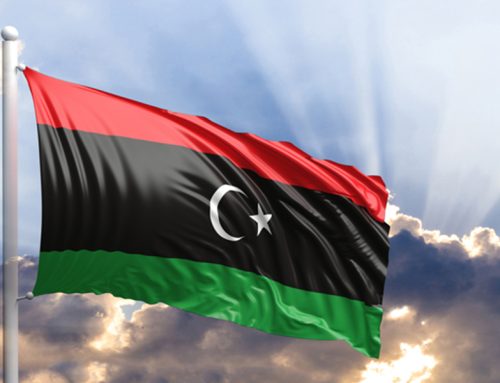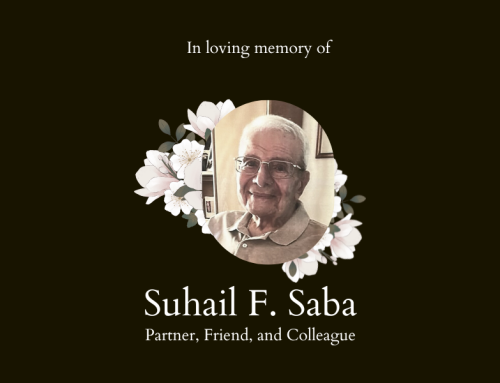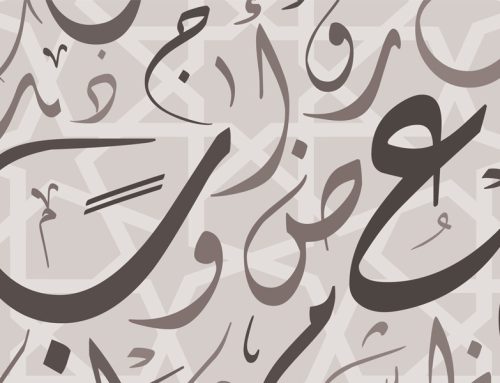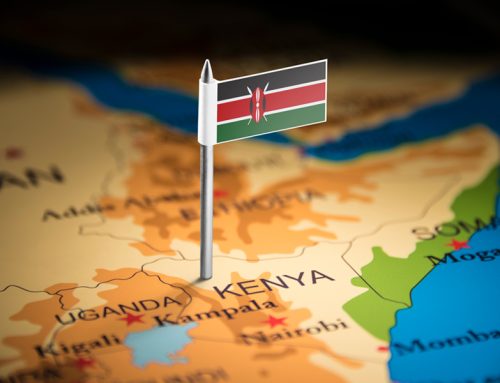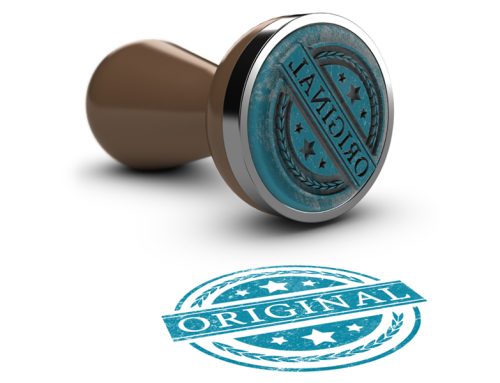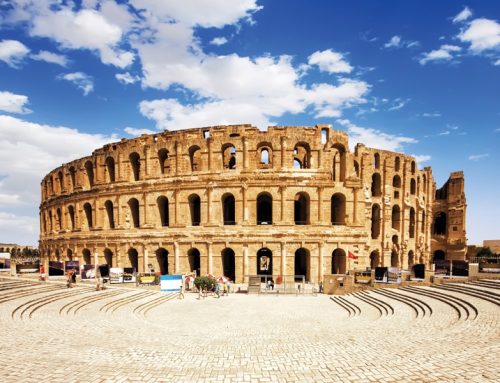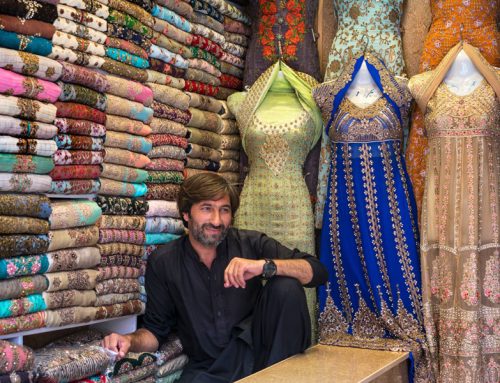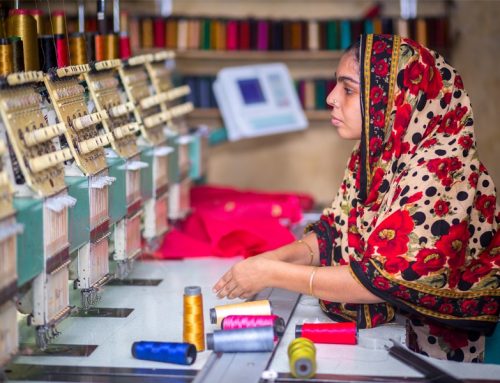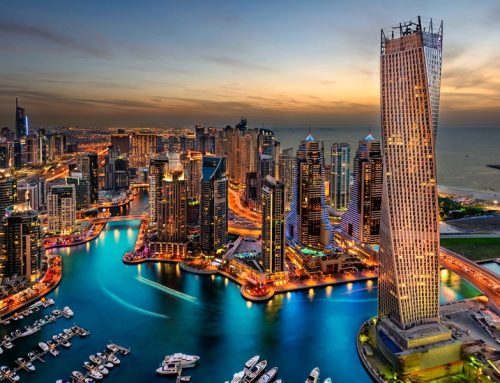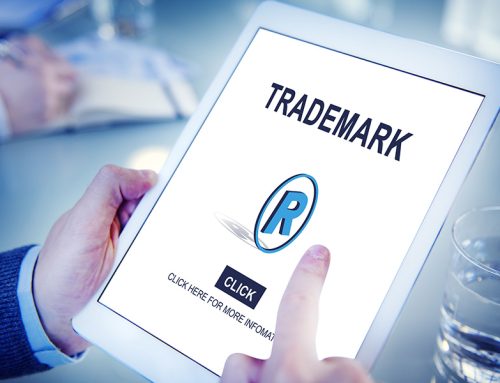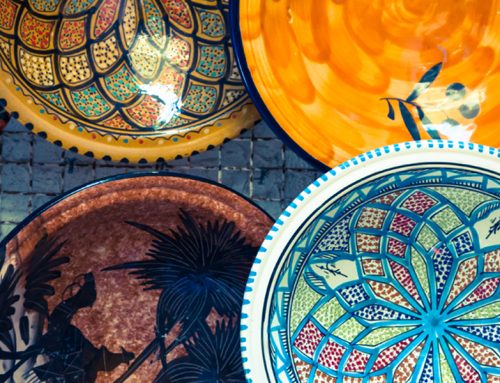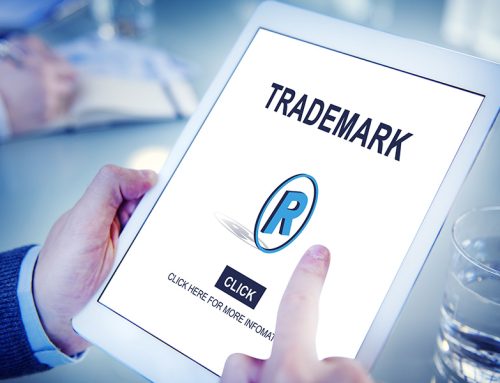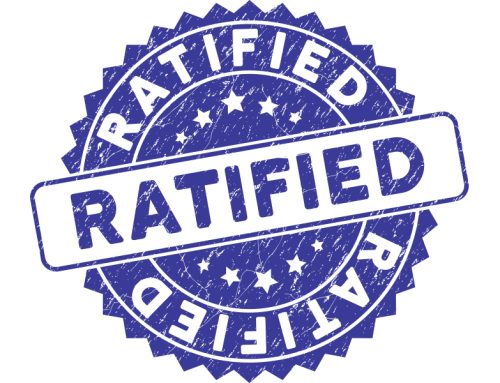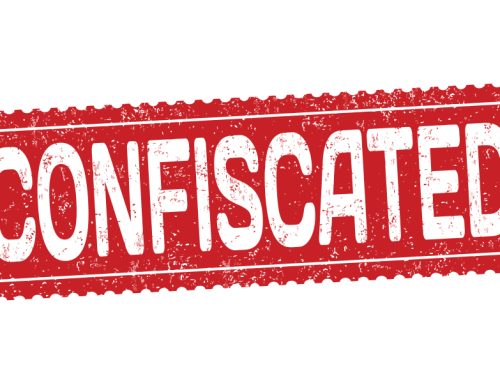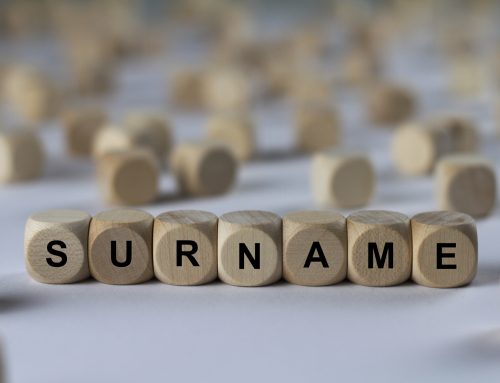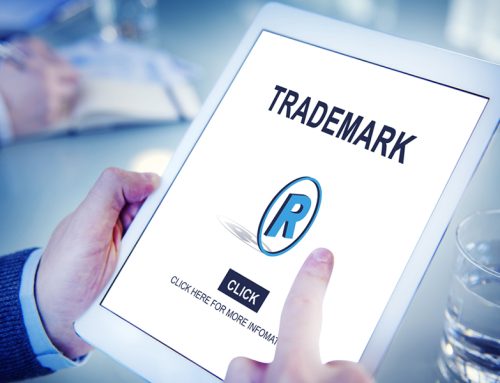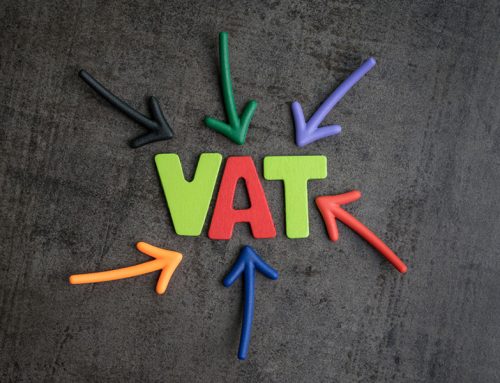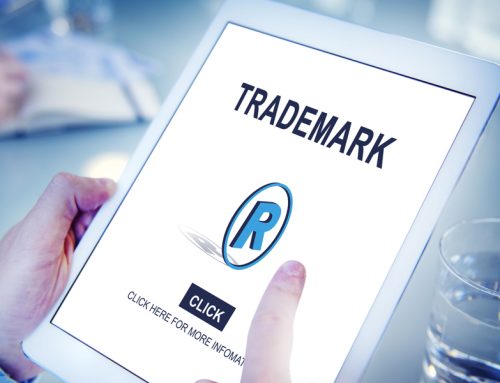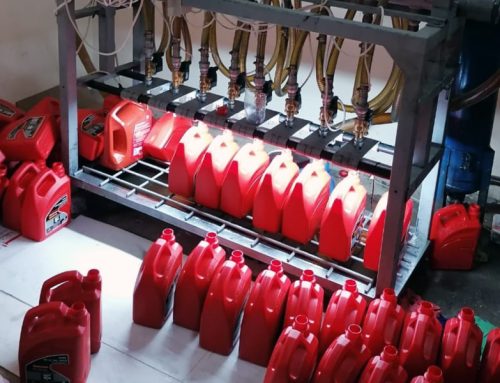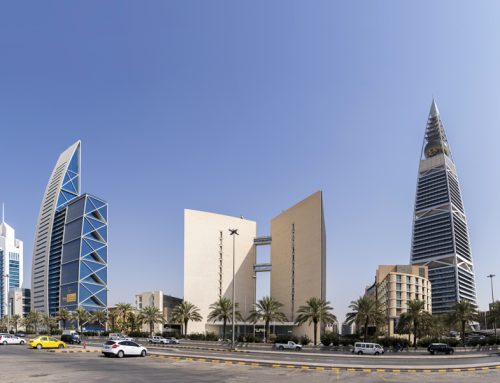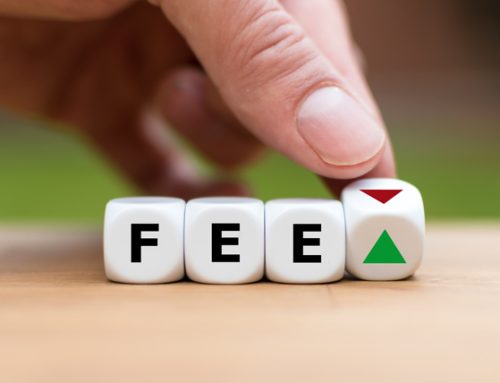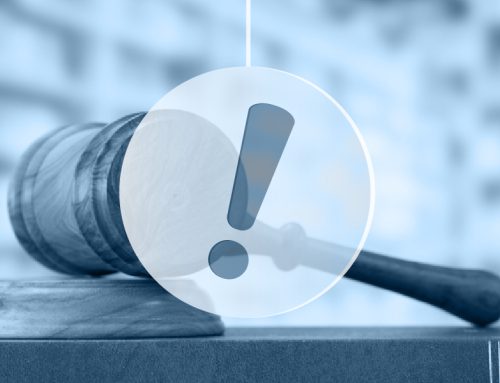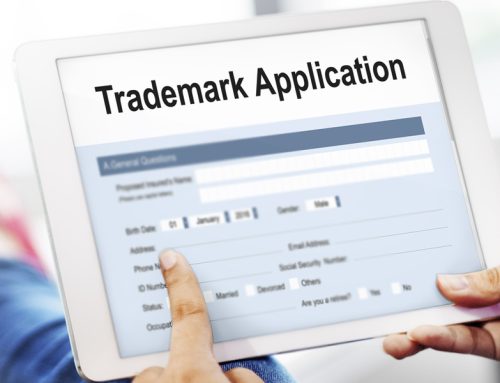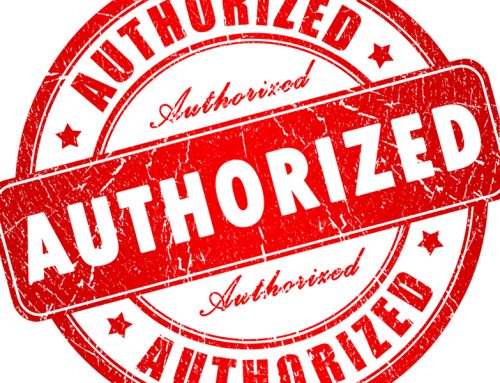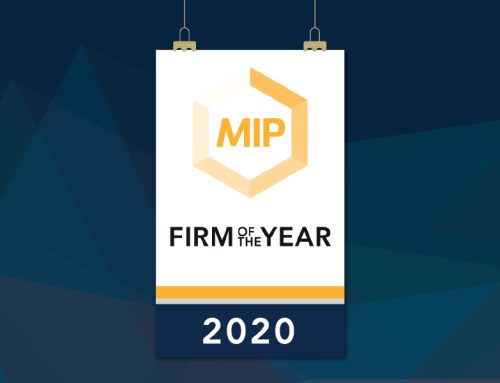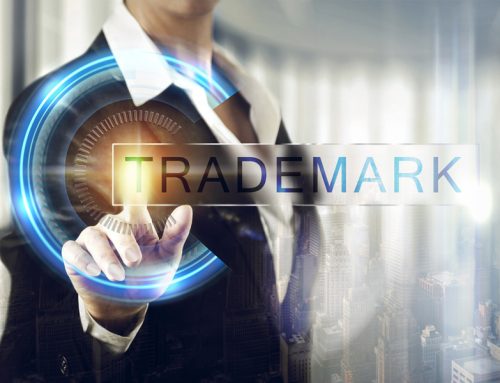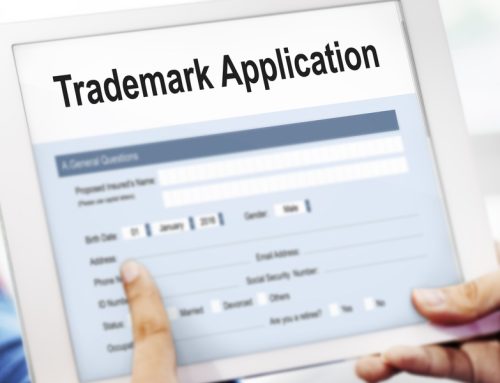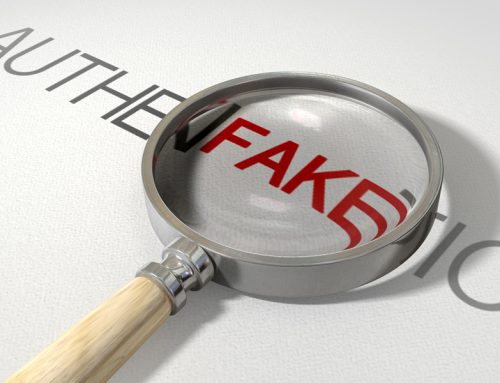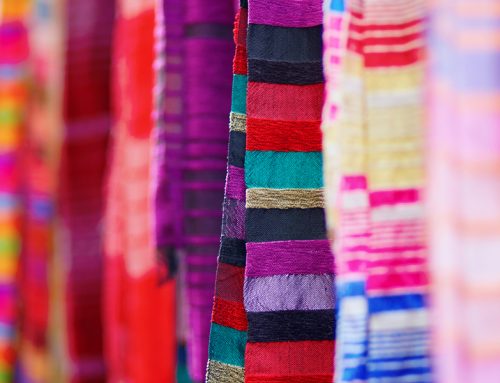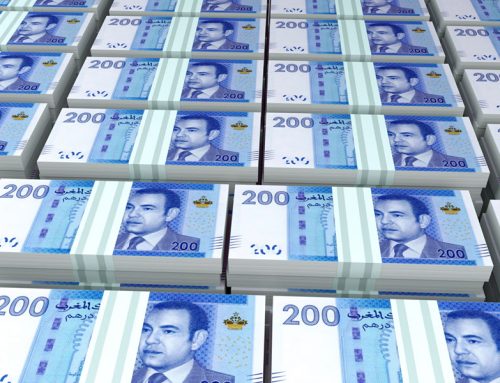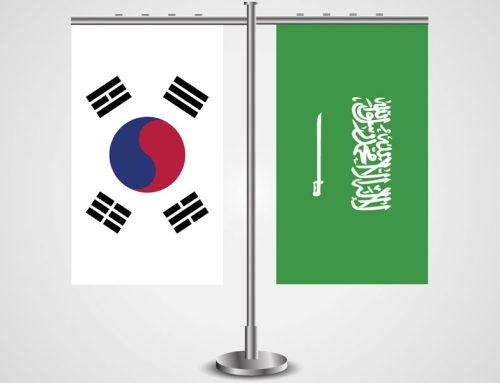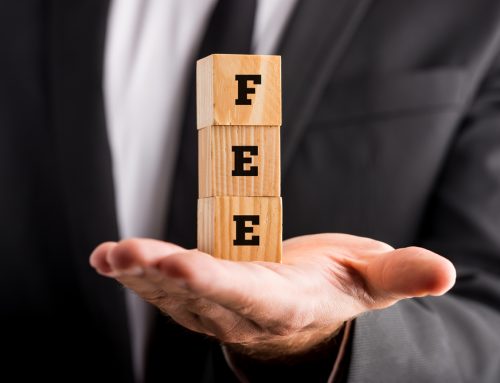Innovation and creativity are penchants of the fashion industry; an industry that dictates style worldwide. A fashion item may even transcend its physical form and be hailed as a trend setter and an inspiration for decades. The process of production in the fashion industry relies on a substantial investment of both inventiveness and capital.
This feature offers trademark owners in the fashion industry relevant information on trademark protection in the Middle East and North Africa region.
Classification
There are no specific requirements when it comes to the registration of marks in classes that the fashion industry may be interested in, such as classes 3, 9, 14, 18 and 25. Concerning the specification of goods, some Trademark Offices will accept an application claiming the whole class without specifying the particular goods. The use of class headings of a particular class constitutes a claim to all of the goods falling within this particular class and implicitly covers any goods directly related to the class headings – that is, covers more than the literal meaning of the class headings. Other TMOs, such as those of Jordan, Oman, and Sudan, request the applicant to specify the goods in the class wherein the actual language used in describing the goods will define the parameters of the scope of protection of a registration.
Color Marks
Most laws of our region do not provide specifically for the registration of non-traditional trademarks, such as color marks. Libya is among the very few countries that has introduced clear provisions in its applicable law whereby the definition of a trademark has been broadened to include trade names, sound marks, and color marks. However, many issues relating to the definition, scope and enforceability of nonconventional marks remain unclear. Even if we can say that color marks are admissible in one country, there is a chance that the examiner at the TMO will reject this type of application because of the fact that there are few or even no precedents in the matter. The TMO will only accept the color application if it is associated with a conventional trademark, or in other words a word mark, device, or combination of both.
Three Dimensional Marks
It is often possible to register aspects of a product’s shape or its packaging as a three-dimensional (3D) trademark. A 3D mark can receive similar protection to any other trademark and can be secured with a simple trademark application. Trademark laws across the region are largely harmonized, except for a few countries such as Lebanon and Morocco. Almost all articles defining absolute grounds for registration are equivalent in content and should be interpreted in the same way, with minor differences in scope only.
In Saudi Arabia, for example, the scope is limited to that which does not violate Sharia law.
However, difficulties can arise during substantive examination, where practice differs considerably between countries. In some jurisdictions, the application for a product shape as a trademark will be accepted without objection as long as the product appearance has the requisite distinctive character.
This means that the more closely the mark resembles the shape most likely to be taken by the product in question, the greater the likelihood that it is devoid of any distinctive character. The trademark offices of Saudi Arabia and Kuwait often issue office actions of this type. In some other countries, a product shape will not be accepted as a trademark unless the print includes core word marks. Also, if the product’s appearance is functional, it may be barred from protection completely. The most probable reason for this stance is to maintain a balance between trademark laws and design laws, the latter being used to protect products that have some patentable function.
Search and Examination
Search among related classes, such as class 18 and classes 14 and 25, is not performed on an ex officio basis. When it comes to examination, a mark is not usually rejected on relative grounds based on the existence of a prior mark in a related class unless the mark is considered to be well-known in the country. Unlike common-law countries, MENA countries have no express anti-dilution provisions in their trademark laws. Nevertheless, many countries have introduced provisions to their trademark laws on the likelihood of confusion between conflicting marks as part of their implementation of the TRIPS Agreement.
Enforcement
Rights holders must be ready and willing to adopt a trademark protection model that incorporates both the legal and regulatory approaches in order to arrive at a well-established trademark protection strategy.
- Infringement Claim: When it comes to an infringement claim, owners must establish that there is valid mark entitled to protection; and that perpetrators are using their marks in connection with the sale or advertising of goods without consent, and that this use is likely to cause confusion. Even in the presence of valid trademark registrations of the shape of the product or its packaging, establishing “Likelihood of Confusion” is always the central focus, which may in some instances be difficult to prove. According to the practice some countries, and in particular, Saudi Arabia, UAE and Kuwait, the Courts do not look beyond the word marks at issue. Infringement is usually found if the word marks are sufficiently similar that consumer confusion can be expected. Factors such as the degree of similarity between the marks involved, the degree of distinctiveness of the mark, and its recognisability are directly implicated. The Courts may, but not necessarily, give weight to expert testimony and surveys designed to prove actual consumer confusion (in cases where the rights holder is able to collect evidence of this nature).
- Unfair Competition Claim: As for the possibility of bringing an unfair competition claim, most countries of the region are civil law countries and do have unfair competition statutes. The focus of unfair competition claims is generally on consumer deception or threat to business interests. Although such claims may overlap with trademark infringement, the burden of proof in an unfair competition claim will generally be higher than when rights holders seek to prove infringement of their registered marks.
- Anti-Commercial Fraud Department: The official anti-fraud and regulatory bodies, available in some countries including Saudi Arabia, UAE and Oman, have jurisdiction for administrative action to enforce trademark rights in their own countries. These bodies usually consider complaints against counterfeits or look-alikes only, and raids are typically carried out if the findings are conclusive. In Saudi Arabia, for example, the latest semi-annual report of the Saudi Anti-Commercial Fraud Department reported that more than 2000 complaints were filed at the Ministry of Trade and Industry in the second half of the year 2015 against local companies in Saudi Arabia for alleged distribution of counterfeit products including confectionery and other items. The report also gives credit to the joint efforts of the Anti-Commercial Fraud Department and the Customs authorities which have led to the suspension of a considerable amount of counterfeit products imported into the country. Perpetrators were subject to sanctions (as defined by the country’s Trademark Law and Anti-Commercial Fraud Law) including monetary fines of up to one million Riyals (around $260,000) as well as legal prosecution resulting in a maximum of three years imprisonment. On a side note, most countries of the MENA region have anti-commercial fraud laws designed to enact legal measures and policies against commercial fraud. The latest anti-commercial fraud law was endorsed in the UAE in 2013. Also, although there is no pan-Arab anti-commercial-fraud law, a unified law for the GCC is expected to be endorsed once approved by all member states.
- Customs Recordal: Customs recordal procedures are available in a number of countries, including Algeria, Morocco, Sudan, Tunisia and the UAE (only three emirates out of seven). Recordal is also expected to be adopted in Qatar and Abu Dhabi (a UAE emirate), but the timing involved for implementation is unknown. One fundamental premise of the recordation system (other than providing a central registry containing information for recorded trademarks) is that it allows customs officials to implement an ex officio border protection system. An ex officio system is different from the standard border protection system in which a judicial authority orders customs to detain the infringing shipment after identifying the infringing goods. The key advantage of the ex officio system is that it allows for prompt and proactive action by customs officials, thus avoiding the delays inherently involved in seeking judicial action. Customs officials are always on the lookout for infringing goods and thus are able to act quickly to confiscate counterfeit and pirated merchandise.
Trademarks in Arabic
When a trademark is used in foreign markets, careful attention must be paid to both language and culture. Although it is not necessary to display the Arabic transliteration of the Latin mark on the products sold, the process of transliterating a trademark into its local character or language is important for rights holders seeking to promote or sell their products in that market, because many consumers will identify goods by their local character trademark, depending on the degree of local recognition and knowledge of foreign languages.
When it comes to registration, a trademark in Latin should provide protection against the registration of another mark with a prominently featured or at least confusingly similar Arabic transliteration capable of creating public confusion. In fact, most Arab countries are signatories to international agreements which address the protection of trademarks across different languages and different character scripts as part of the wider concept of protection against unfair competition, including the Paris Convention, TRIPs and the Madrid Agreement and Protocol for the international registration of marks. However, there are certain instances where confusion across different languages is not so evident. While transliterated marks are protected, variations of them do not always fall within the scope of protection, making the registration of the Arabic rendition highly recommended.
An important aspect to consider is the signboard requirements in countries of the region. Egypt, Jordan, Saudi Arabia, UAE, Oman, Qatar and Syria require that trademarks appear on signboards in Arabic – either by law or by common practice.
This implies that the use of an Arabic mark will become necessary and registration is recommended. If a trademark has been registered, then it is much easier to demonstrate and to enforce rights through an infringement action.
The table below lists where registering an Arabic trademark is advisable, despite not being a requirement by law.
|
Country |
Should the signboards be in Arabic by law? |
Is registration in class 35 in Arabic advisable? |
|
Lebanon |
No |
No |
|
Bahrain |
No- can be in Arabic, Latin or a combination of both |
No |
|
Egypt |
Arabic and Latin |
Yes |
|
Jordan |
Yes- The mark in Latin can also be displayed along with the Arabic mark |
Yes |
|
UAE |
Yes- The mark in Latin can also be displayed along with the Arabic mark |
Yes |
|
Oman |
Yes- The mark in Latin can also be displayed along with the Arabic mark |
Yes |
|
Qatar |
Yes- The mark in Latin can also be displayed along with the Arabic mark |
Yes |
|
Kuwait |
No |
No |
|
Syria |
Yes |
Yes |
Should you have any questions, or require any additional information, please contact us at news@sabaip.com



